|
As summer approaches, it is hard not to notice the energy bill increasing and wondering about ways to reduce utility costs. By strategically planting shade trees, you can not only help reduce your energy bills but also can help produce shade throughout the day for other plants to get relief from the late afternoon sun. There are many drought-tolerant shade trees that may even help reduce your monthly water bill. Choose from a variety of shade tree options that will thrive in our area of Florida, some offering an abundance of flowers with color and others interesting bark and limbs. Check out the options below if you are considering adding a shade tree to your landscape.
Gumbo Limbo The impressive Gumbo Limbo tree is a fantastic option for a drought-tolerant, Southern Florida native tree that can grow 25-50 ft high with a similar spread. Plant this tree in a location with room to grow, it will prefer a well-draining soil in an area with little irrigation once established. Known for its gorgeous, reddish-brown, smooth bark, this tree produces tiny white flowers in the spring and small fruits in late spring to early summer. The leaves will last most of the year, slowly falling in early spring and replaced rapidly by new growth. This low-maintenance tree can manage high winds, does great in our native soil, and does not require supplemental nutrients. Mahoe Tree Variegated If you are looking for a more unique shade tree, the deciduous variegated Mahoe tree is a great option. Enjoy large, heart-shaped leaves that drape down creating a thick canopy of vibrant greens and white patterns with a hint of red from the new growth. The flowers will bloom yellow in the morning and turn red by sunset throughout the summer. This tree can work well in a medium space but if pruned often can work in smaller areas. Also known as sea hibiscus, this tree is salt-tolerant and is related to the hibiscus plant. Royal Poinciana The flamboyant royal poinciana is a semi-evergreen tree that produces an abundance of crimson-red blooms from late spring through early summer. This fast-growing tree can reach 40-50 ft high with a 40-60 ft spread. This tree does best in full-sun locations and will need to be watered regularly when first planted, but once established it will only need water during extended droughts. Purple Jacaranda The magnificent purple jacaranda will produce gorgeous purple flower clusters with a light fragrance in early spring before its new leaves sprout. This tree grows quickly and can reach heights of 25-40 ft with a spread of 45-60 ft within a ten-year period. This deciduous tree has a high drought-tolerance and will do best in a full sun location with sandy, loamy soil. Tabebuia Tree With several colorful options, the ornamental tabebuia tree will produce an abundance of color with lavender, yellow, or pink flowers. This medium-sized deciduous tree will grow 20-30 ft high. This tree is a great specimen for adding more color to medium-to-large spaces. Plant in a full sun location that has regular irrigation. Let the soil dry out between watering and once established this tree will be semi-drought tolerant. Once you have selected the shade tree of your choice, you will be ready to select a spot to plant. Choose a position on the east or west side of your property to maximize the shade your home receives. Make sure you research the mature height of your selected tree to choose the best location, away from buildings, structures, driveways, or sidewalks that could be damaged as the tree grows. You will want to consider the irrigation needs of the tree and make sure you are prepared to provide enough water during the establishment period and during extended droughts. Research the fertilization requirements of your selected tree and provide the right supplements to promote growth and flowering. Planting a shade tree will help provide spaces for wildlife, reduce your energy bill, and can help protect other plants from the late afternoon summer sun. If you would like additional options or more information on planting a shade tree at your location, give us a call or send us a text at 727.222.4477 and we would be happy to schedule a free, onsite consultation.
0 Comments
Many of our customers ask what is Xeriscape landscaping and is it the right decision for my yard? For many homeowners that are looking for a low-maintenance landscape that requires little irrigation, Xeriscape is the perfect solution. Xeriscape is a term that means “dry landscape” and refers to utilizing drought-tolerant plants, rock and mulch as opposed to large areas of turf grass that require continuous maintenance and irrigation. Even with the best maintenance program, disease or drought conditions as we are experiencing in our area now can have a negative impact on many of the varieties of turf grass. When I used to hear the term “Xeriscape”, I would think about traveling through states like Arizona where many of the houses had all rock and very few plants throughout their front yards and looked very bland. Xeriscape landscapes don’t have to be plain; they can involve repositioning the dirt to give the area a multi-level but more natural look, adding large boulders with striking features, or adding complementing plants at different heights that offer a variety of colors and textures. To begin creating your Xeriscape design, think about the colors of rock and mulch that are complimentary to your home. We recommend using natural mulch such as pine bark, cypress, or eucalyptus and recommend staying away from dyed mulch products. Next you will want to consider the different plants for your location. We have several recommendations for low-maintenance options that will thrive with little-to-no additional irrigation.
Agaves With over 200 species to choose from, Agaves are succulents that are a great option for low irrigation landscapes. These slow-growing plants tend to have sharp spikes along the leaves which reduces the chance of predators. Some Agaves can grow quite large, reaching 6-10 feet tall; others will stay small and might reach a mature height of 6-12 inches. When selecting spaces for your agave plants, keep their mature height in mind so that the plant will have plenty of room to grow. If you have a large space to fill, check out the Century Plant or Agave Americana, which comes in a bluish-gray or a variegated option. This impressive plant needs very little water and will send up a flower stalk 20-40 feet high at the end of its lifespan of 20-30 years. The Caribbean agave is a great option for a smaller space that can grow 5-6 ft tall with a similar width. This variegated plant is a dense ball with sharp foliage offering year-round color. The elegant Blue Glow agave is a great option for small areas as this plant grows about 1-2 feet high with a similar or slightly larger spread. The golden and red lines that run along the outside of the leaves look gorgeous when backlit by the sun, adding color and unique flair to your landscape. Most agaves will produce pups which can be separated and planted in new places or replace older plants once they reach the end of their lifespan. Flowering plants There are several great options to add vibrant colors with drought-resistant plants that will produce flowers all summer long. Purslane is a terrific option for a sunny area with little water, this low-lying plant is completely edible and will produce gorgeous blooms all summer long. Vinca or Periwinkle is a great choice for adding pops of color and can grow to fill a large area. These flowers quickly grow to 2-3 feet high with a similar spread and do best in areas with good drainage and little irrigation. Cheer up your landscape with Beach Sunflower that will add bursts of yellow blooms throughout the year. This flower can grow to about 2 feet high, is great for attracting pollinators, and is drought-tolerant once established. Crown of Thorns is a great choice for sunny locations that require very little water and will offer red, pink, yellow or white blooms all year long. Powderpuff Mimosa is a native groundcover option that is low-lying and will produce puffy pink flowers that are wonderful for attracting butterflies and other pollinators. Unique Succulents There are several succulents that are easy to grow and do well in areas with little-to-no irrigation. Yuccas offer a variety of shapes and sizes, very similar to agaves with sharp, pointy leaves that grow with little water and can tolerate salt spray. Check out the Fire Pencil Plant or regular pencil plant for a unique succulent that requires very little attention. There are many options for different cacti that do well in our area that are low-maintenance and thrive under dry conditions. The Dragon Fruit or Prickly Pear are great selections for blooming cacti that produce edible fruit. The Desert Rose is a perfect option for sunny locations that will offer showy blooms and require little maintenance or water throughout the year. Clusia is another succulent that can be grown into a hedge, as a tree, shrub or obtain the dwarf variety for a small space. A Xeriscape landscape can be colorful and unique with the variety of plant options we have available in our area of Florida. If you don’t have irrigation or time to consistently water plants that need a lot of attention, choosing plants that thrive with little attention and are drought resistant can help keep your landscape looking vibrant all year round with little effort. Utilizing a mixture of rock, mulch, boulders and native ground cover can help save costs and produce a vibrant display of colors and textures with very little maintenance and irrigation. If you need assistance creating your Xeriscape design, give us a call or text and we can schedule an onsite consultation to help you choose the best plants for your location and preferences. If you are looking for a cost-effective and safe way to illuminate your landscape, consider adding low voltage outdoor lighting. Low voltage or 12V landscape lighting comes in a variety of options and is easy to relocate if you make any changes to your landscape or home in the future. The low voltage wiring does not need to be in conduit or buried and can safely operate in wet areas. Low voltage lighting is a great option if the safety of pets and children is a concern. The installation of low voltage lighting will be less expensive than high voltage and is more energy efficient resulting in lower monthly electric costs. LED bulbs can be utilized for more energy efficiency and a longer lasting life, resulting in lower maintenance as you will not have to change the bulbs very often. Research the variety of options available to create a lighting design that brightens your pathways and highlights the best features of your landscape. Spotlights Installing spotlights in your design is a fantastic way to highlight landscape features and brighten your outdoor spaces. Adding spotlights to the base of trees, shrubs, statues, or water features is a great way to increase the security of your home while accenting the best parts of your outdoor spaces. Spotlights are easy to adjust and can be placed in any outdoor area where additional light is needed. Pathway Lights The addition of pathway lights can help brighten your walkways making them safer at night and illuminating the way to your home’s entrance. Pathway lights aim the light down and to the sides providing the perfect amount of light for a well-lit pathway or walkway. Pathway lights can also be placed within plant beds to add more visibility to specific features. Deck & Step Lights Walk with ease on your deck and steps at night by adding flush or surface mount lights to the area. Increase the ambiance of your outdoor spaces with dimmable step lights that will allow you to control the brightness that are perfect for entertaining. By increasing the nighttime visibility, your guests will be able to travel with ease up and down your stairs and along the deck. In-Ground Well Lights Draw attention to landscape features, decorative columns, pathways, or trees by utilizing in-ground well lights. These lights are placed in a well that is dug below the surface, allowing the light to set recessed into the ground. These lights come in a variety of options, some of the lights have adjustable direction, some can be submerged in water such as a pond or pool, and some offer different colors. Now that you know the variety of options available to brighten up the exterior of your home, you can create a low-voltage lighting design. Walk around your property and look at the features, trees, pathways, stairs that you want to be incorporated into your outdoor lighting project. Next research the various products available and style for your property. We recommend choosing a product that offers an extended warranty. Investigate your power supply options and reach out to a licensed electrician if you need to add the proper GFCI exterior outlet. A low voltage transformer will be needed for the power supply, these come in several options and can even include the timer. If you would like a consultation to discuss your outdoor lighting options, give us a call or send a text and we will schedule an onsite appointment and create a custom design for your specific outdoor lighting needs. A thriving, colorful landscape design can consist of drought-tolerant, non-invasive plants that will require little annual maintenance. Depending on your location and preferences, you can add plants that will require little attention but offer vibrant color all year long. There are a variety of options available for low-maintenance plants in our area of Florida. You will want to consider the mature size of the plant; sunlight requirements and irrigation needs when selecting plants for your design. Choosing plants at different heights is a terrific way to create layers of complimentary colors and textures. Check out some plant ideas below if you are looking for minimal-maintenance recommendations for your landscape.
Agaves are a type of succulent that are easy to establish and will require little attention throughout the year. Agaves come in several assorted colors and sizes, some growing 7-9 ft tall with 16-20 ft stalks that produce flowers. These plants are typically slow-growing, most do well in full sun while some will do better in partial sun or filtered light. Blue and Americana Agave are larger popular agave plants that require little water and perfect for full sun locations. Caribbean Agave is typically a little smaller, maturing at about 3-5 feet with greenish / yellowish variegated leaves. Agave Striata has narrow spiny leaves that grow to a height of about 15-8 inches, requires little water, does well in full or partial sun and will offer year-round greenery. Agaves are a great option to add color into full sun areas with little to no irrigation. Palms are throughout Florida and are drought-tolerant once established but may need occasional watering during extreme dry periods with low humidity. Your location will be a crucial factor in selecting the best palm specimen for your space. Some palms can grow quite large and should not be placed close to structures, driveways, or pathways. Some palms will do best in full sun while others will prefer indirect, bright light. Choose the right palm for your design by researching the mature height and growth rate, there are several options available that come in all shapes and sizes with different sunlight preferences. Check out the Coontie and Sago palms for smaller, drought-friendly plants that require minimal maintenance and stay green all year. Some larger palm options include the Foxtail, Alexander, and Christmas palms that will require little irrigation and self-maintain by shedding their own fronds once they turn brown. Seagrape, Clusia, and Cocoplum are some great drought-tolerant options if you are looking for a shrub or a privacy-hedge plant. These plants are found throughout south Florida and range from moderate to very salt tolerant. The Seagrape produces edible fruit and can often be found along coastal areas in Florida. Clusia is also known as the autograph plant, you can engrave designs on the leaves that will stay until the leaf falls from the plant and can be shaped to form a hedge, tree or individual shrub. Dwarf Clusia is a smaller option for smaller round green leaves all year long. The cocoplum also produces an edible fruit and is a popular hedge shrub throughout South Florida. Flowering plants bring beautiful colors and an array of pollinators. If you are looking for low-maintenance and minimal irrigation flowering plants, check out Crown of Thorns that comes in pinks, reds, and yellows. This slow growing plant is a great option for full sun areas. Beach Sunflower is a great ground-cover option for coastal areas in full sun locations. This plant will produce bright yellow flowers all year long and is very salt and drought tolerant. An Ice Plant produces daisy-like flowers and is a great option for boulders and dry areas. This vibrant succulent can succeed in many locations and can even be combined with other flowering plants for a stunning display. The plants listed above are just a few options for our area of Florida, which are minimal-maintenance and drought tolerant. When creating your plant design you will want to consider the exact location, make sure the plant will not overgrow the space or encroach on other plants or structures. Research the watering requirements, fertilization needs, and plant growth rate to choose the best plant for your design. If you would like help selecting plants and designing a low-maintenance and drought-tolerant landscape, give us a call or text to schedule an onsite appointment.  If you are someone that enjoys the soothing sounds of a babbling brook or small waterfall, adding a pondless water feature may be the perfect addition to your outdoor oasis. A pondless water feature will recirculate water from an underground basin, so there is no pond, inviting less insects and lower maintenance requirements. The water will disappear into the underground basin to be recirculated, limiting the need to add water frequently or other chemicals. Create a waterfall design with several large or medium boulders for a natural look or add an elegant water fountain that matches your exterior décor. Depending on your space and preferences, these water features are custom designed so you can have dramatic waterfalls or the serene sound of babbling water over boulders and stones. Single or Multiple Waterfalls Enhance your outdoor space with a dramatic single or multi-level waterfall feature created with large or medium boulders that will offer a natural look with the soothing sounds of water. The water will seemingly appear from nowhere, cascading down the rocks into a hidden, underground basin where it will be pumped back to the top and recirculated. This option is very versatile and can be custom designed for your desired location. A pondless waterfall is a great option for smaller areas or homeowners that desire a low-maintenance, natural-looking water feature. Long Rock / Boulder Stream If you have a large space you are looking to enhance, creating a longer arrangement of boulders and rocks is a fantastic way to add a stream-like effect to your location. Construct a pondless creek or small stream with natural elements to add a babbling water sound effect. Adding colorful vegetation around the rocks and driftwood to the stream can help enhance the natural feel of the water feature. Fountain There are many varieties of water fountains available that come in an array of colors, shapes, and sizes. Fountains can be added to enhance an existing water feature or as an independent striking focal point. If you like the more natural look, there are many available options such as small to medium rock waterfalls or bubbling rocks that will blend into the surrounding nature. There are several benefits to installing a pondless water feature rather than a traditional small pond. Typically, a pondless water feature will cost less than a full pond, use less space and require less maintenance. If you have children or animals that are a concern, the pondless water feature may be the right option for you. Constructing an outdoor waterfall, stream or installing a fountain can be a wonderful way to drown out the surrounding city noise. Enjoy relaxing to the peaceful sounds of water streaming, gurgling, splashing, or trickling by installing a pondless water feature in your outdoor sanctuary. In our area of Florida, February is a great time to start thinking about installing new plants prior to their spring growth period. Celebrate Valentine’s Day by creating a display that will last through the seasons with flowers and new plantings. Allow your new plants to settle into their new location in late winter to ensure healthier plants come springtime. Create a plant design that incorporates different levels and complementary colors that will be successful in the selected location. If you have mature plants, you will want to consider pruning and trimming so that your existing landscape will be ready for their new spring vegetation. If you are contemplating installing turf grass, February is a great time to select the type of grass you want and prepare for installation prior to spring. Adding plant specific fertilizers will increase your plants’ blooms and growth by providing important nutrients for them to grow.
|
AuthorPlant and Flower enthusiast who enjoys creating Florida-Friendly landscape designs. Archives
July 2024
Categories |
Proudly powered by Weebly




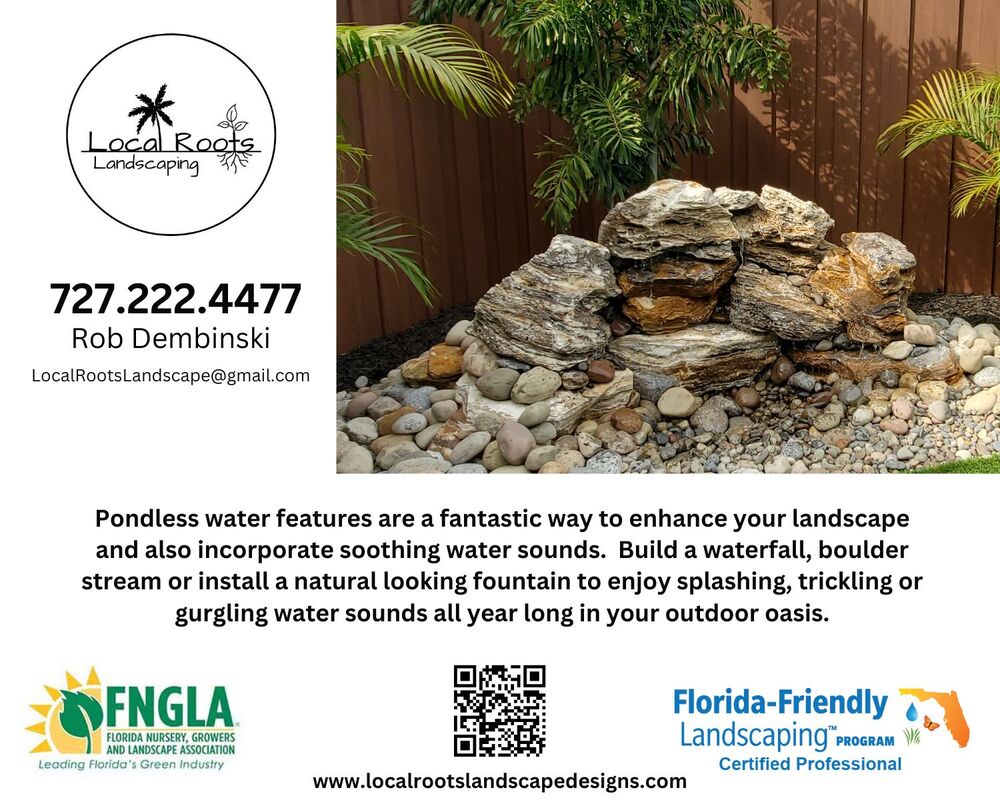
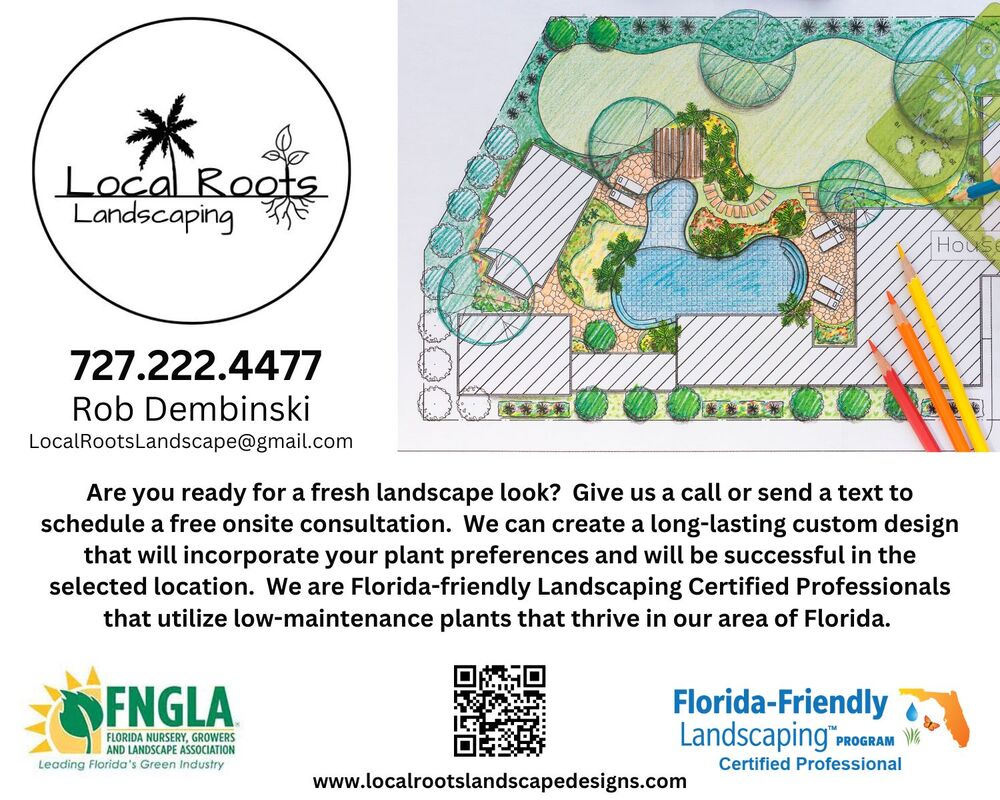
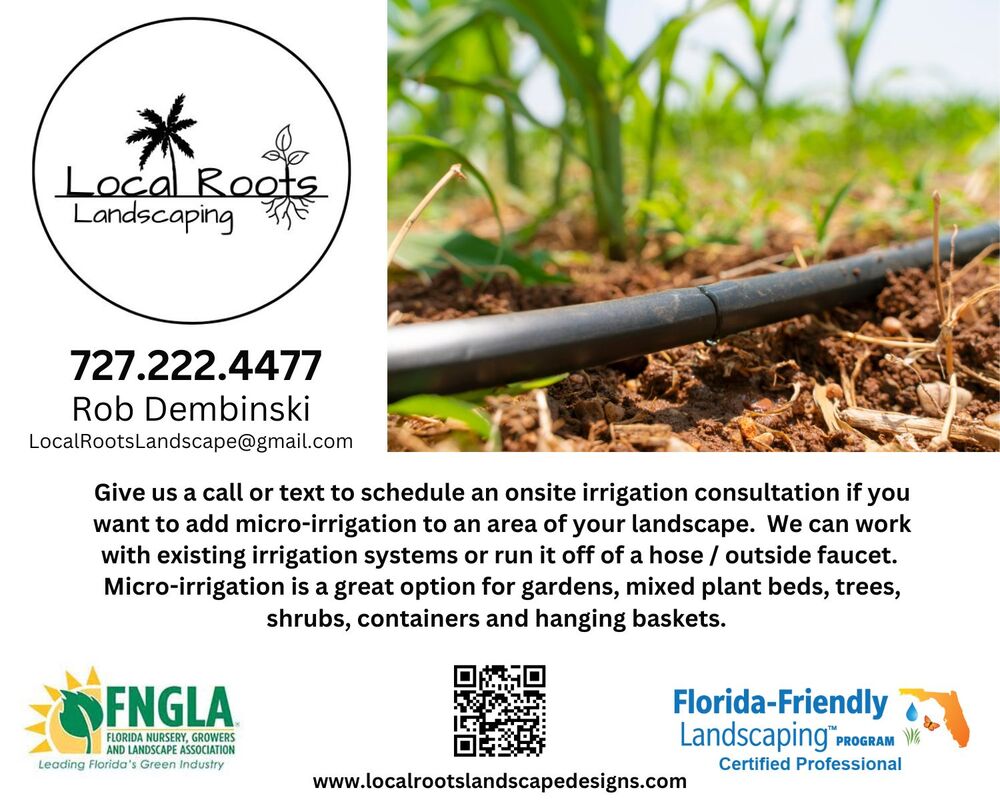

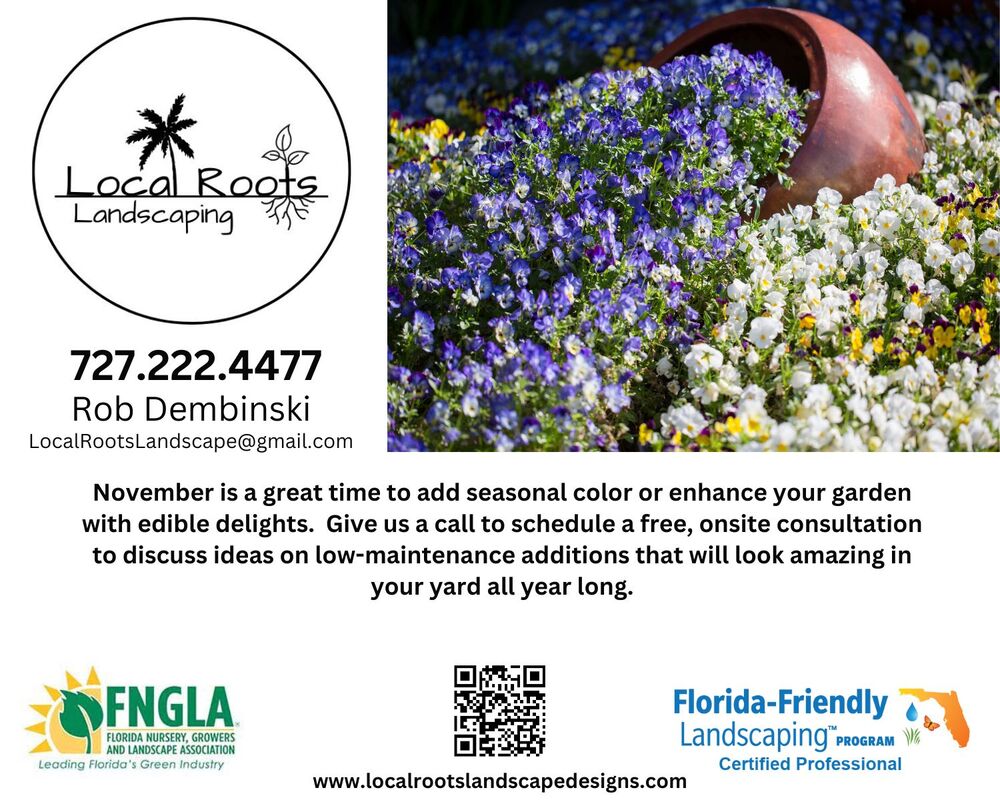

 RSS Feed
RSS Feed